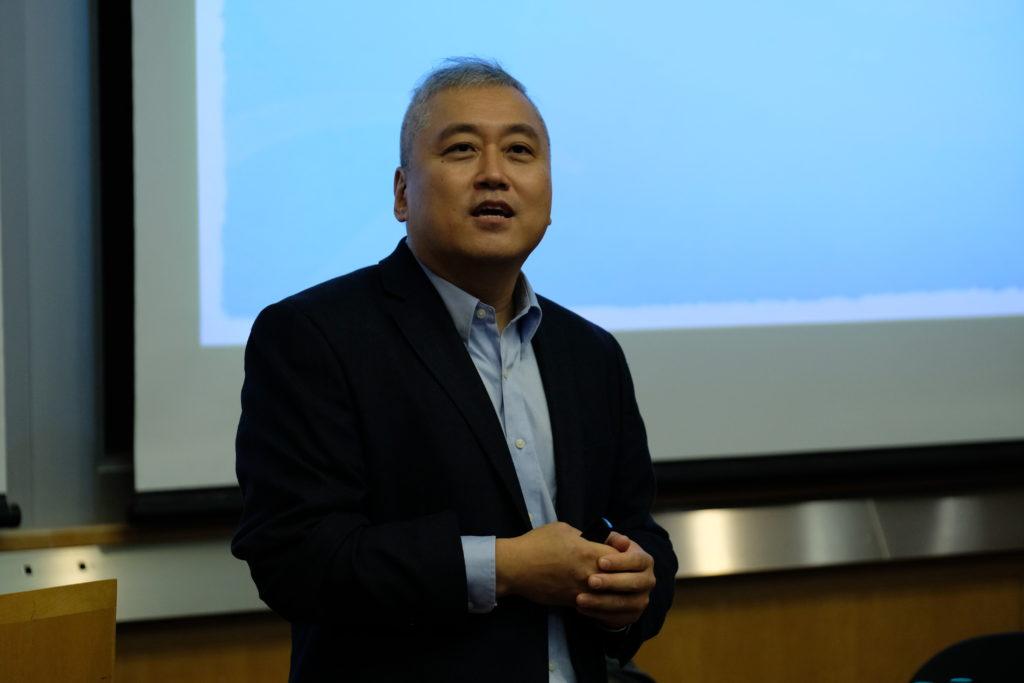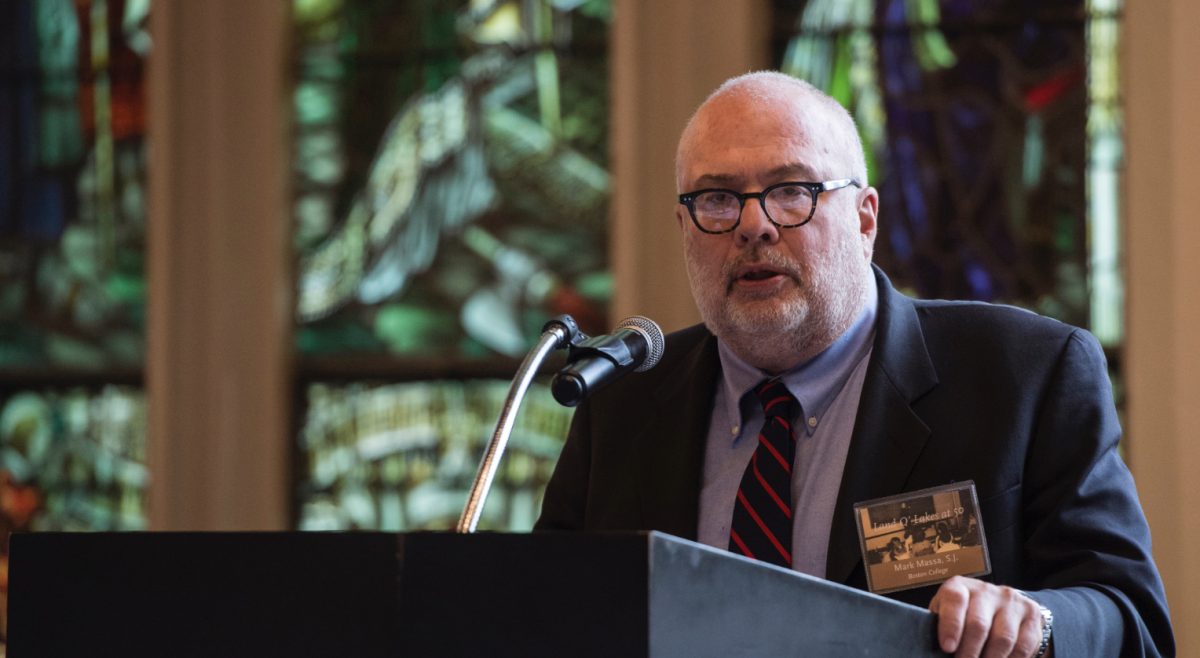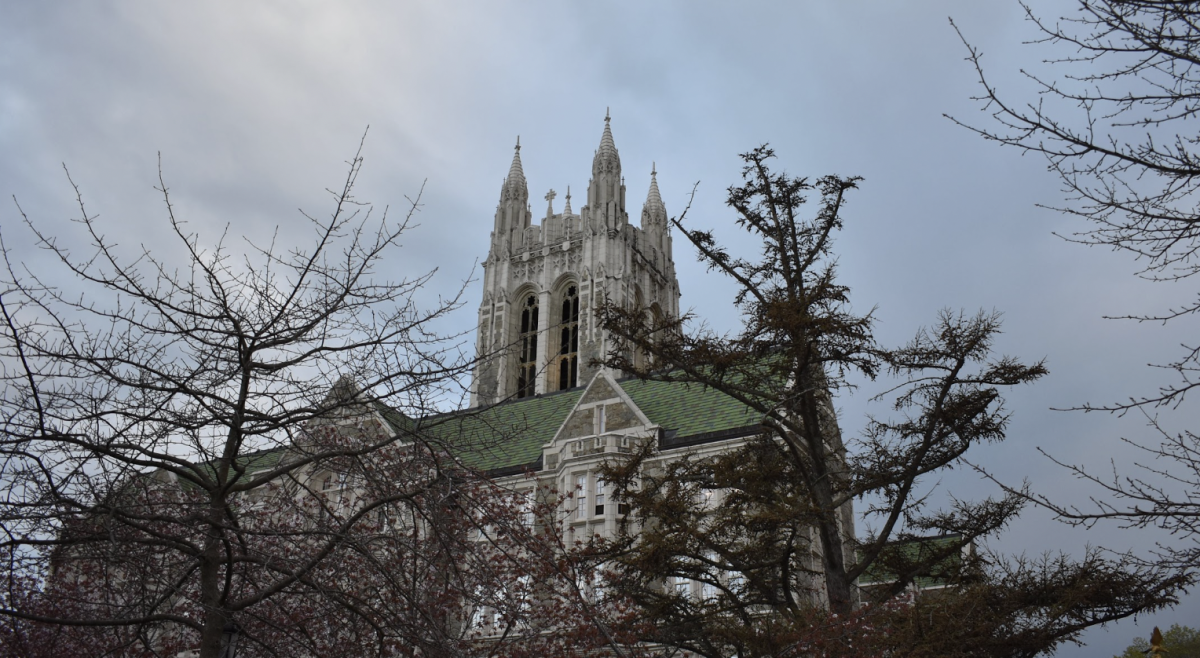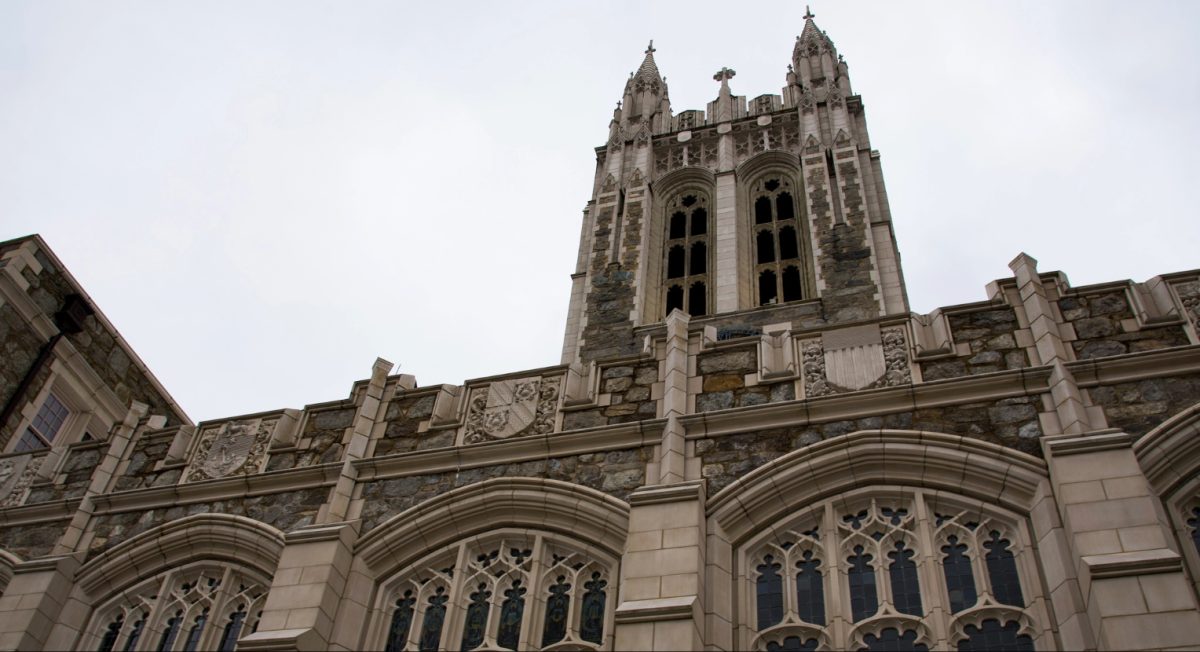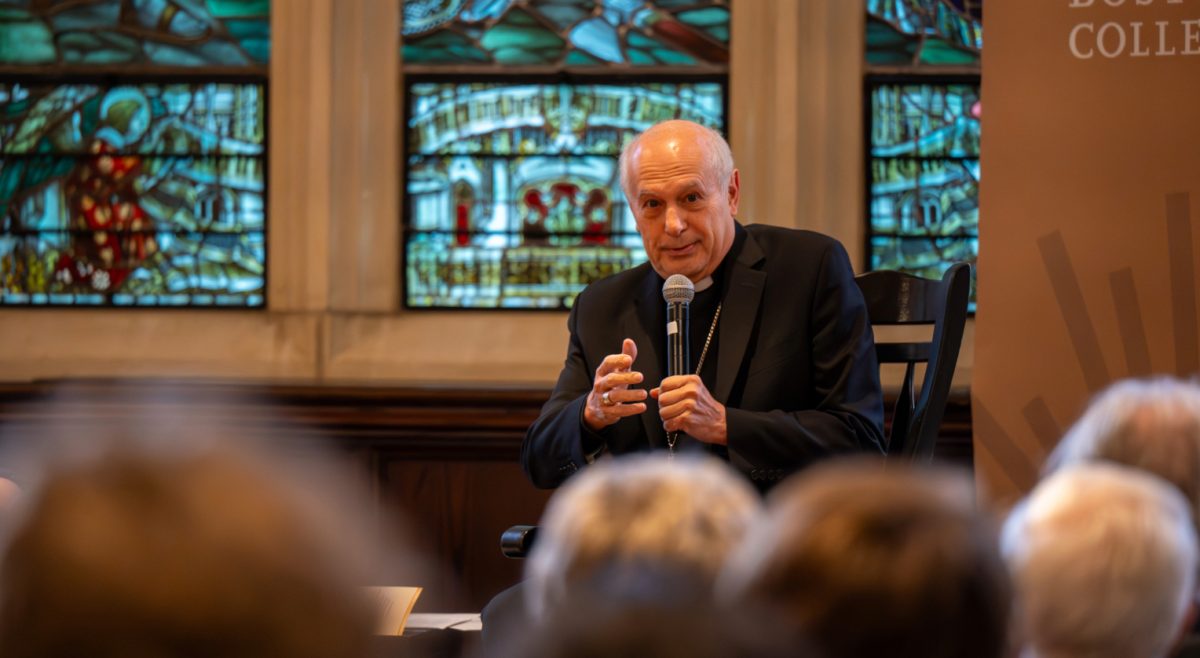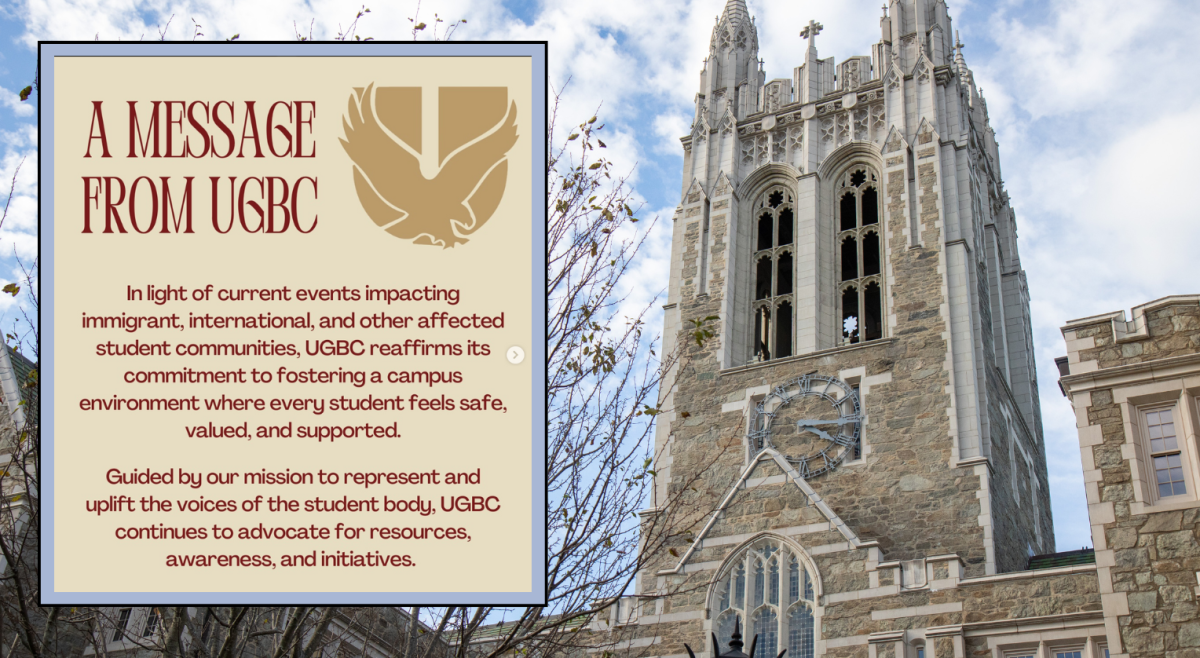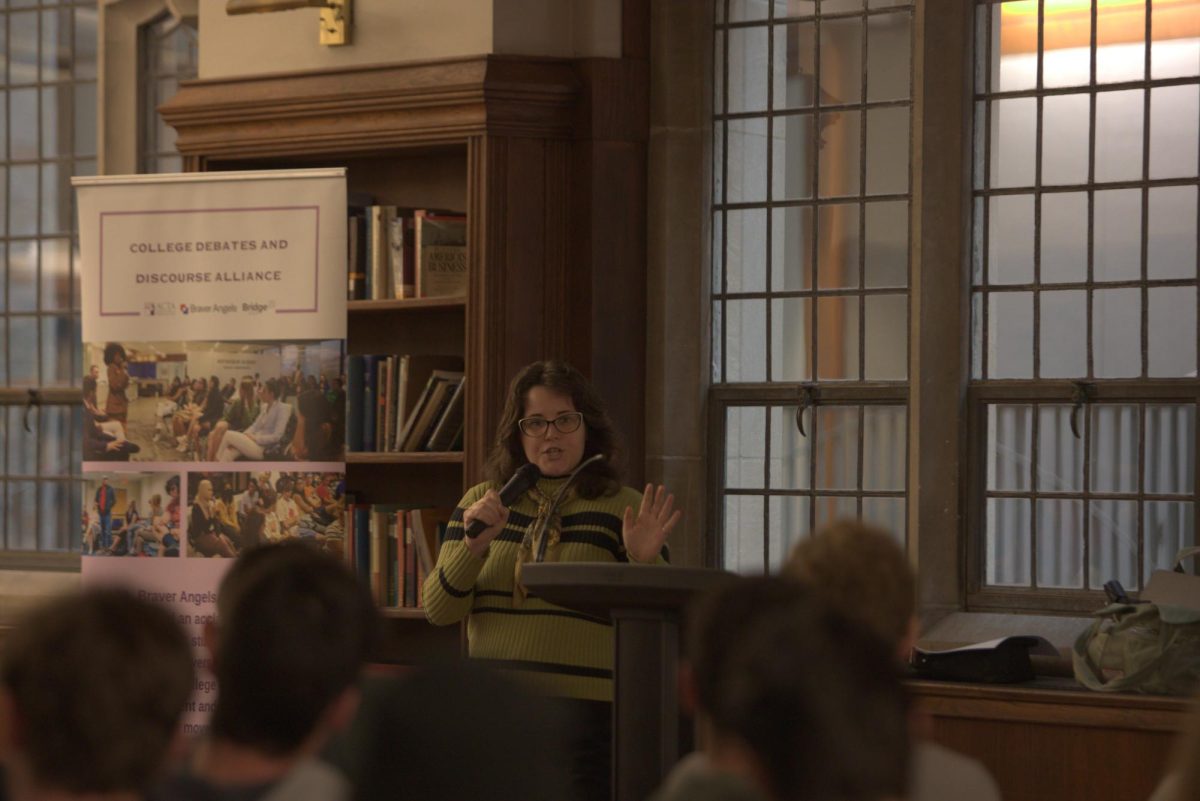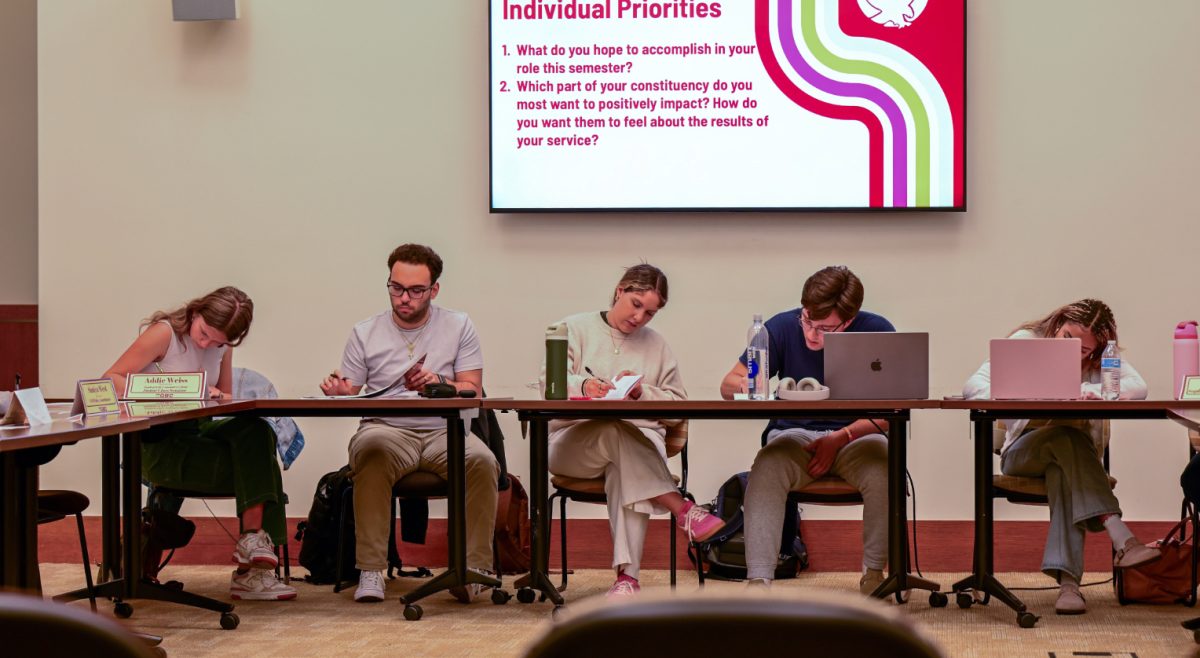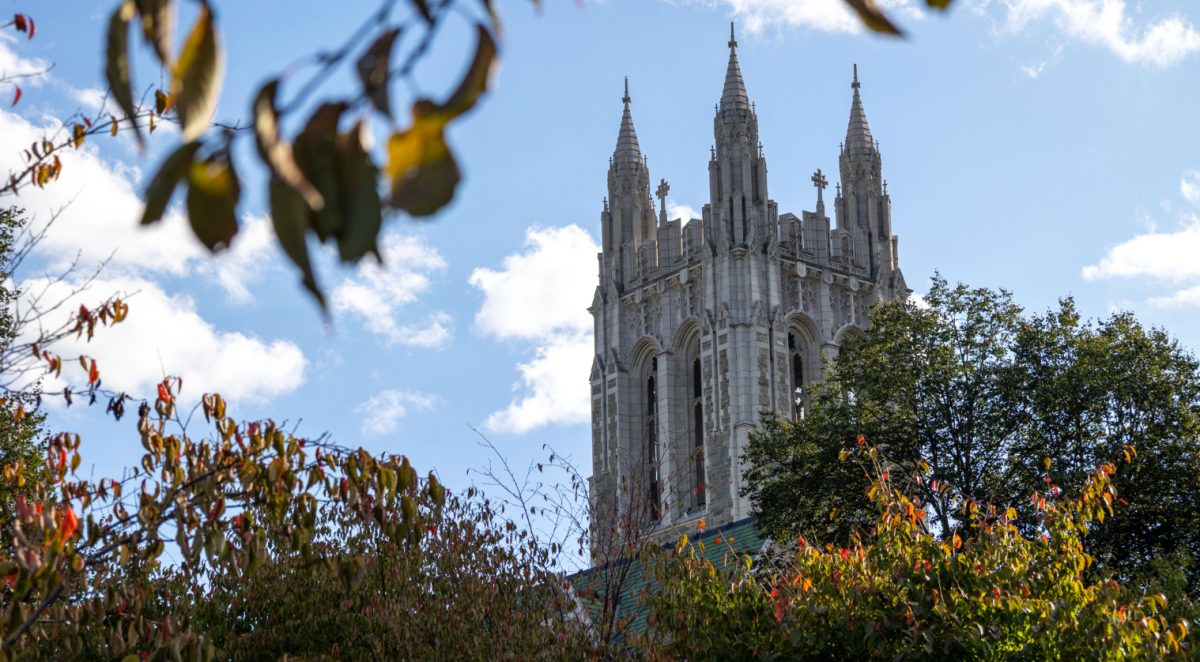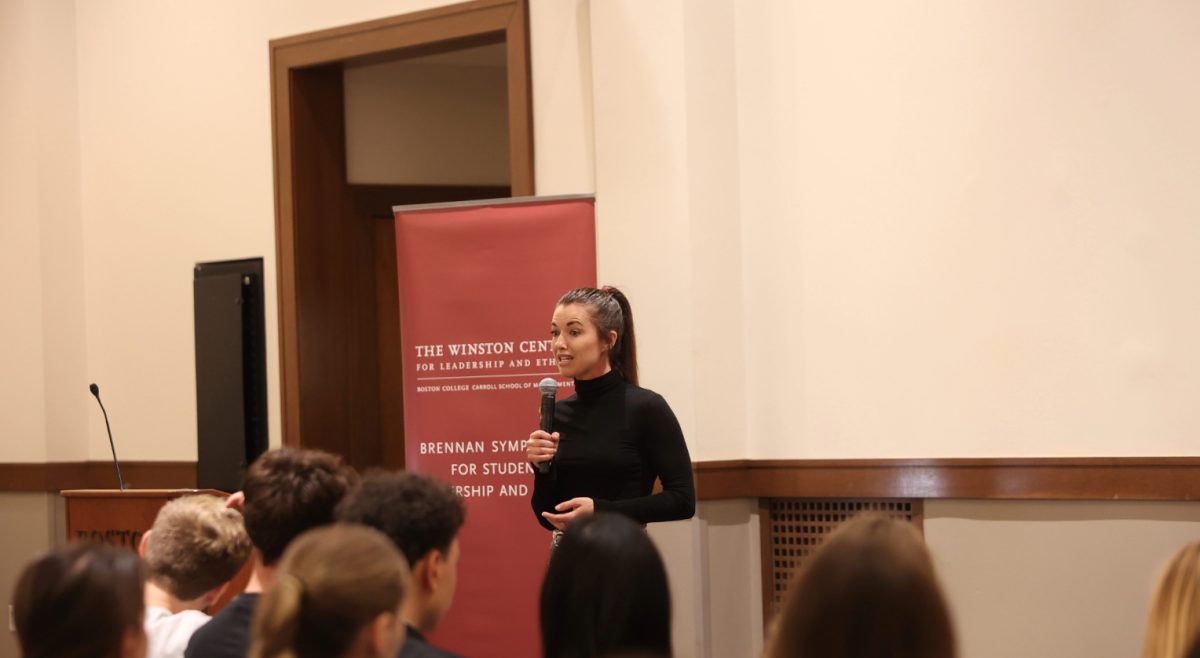Division, dictatorship, development, democratization. These four themes have shaped the contentious past of South Korea.
On Friday, Kyung Moon Hwang, a professor of history at the University of Southern California since 1998, lectured at Boston College as a part of the Asian Studies lecture series. The lecture series’ major initiative is to expand Korean studies at BC, which is lacking at the moment due to the prior lack of resources dedicated to this study.
A major facet of Hwang’s research has been to trace the transformations of long-term patterns of history in South Korea, especially the trajectory of Korean history and how Koreans view their history today.
Just two years ago, a group of protesters gathered in a square in South Korea, including current President Moon Jae-In, to protest the policies of the government at the time.
“They were putting up signs that ranged from ‘Stop the naturalization of civil service exams’ to ‘No to textbooks that Distort History’,” Hwang said.
In Hwang’s book, A History of Korea, he traces the history of Korea from 1668 with the “Three Kingdoms” to 1987, which is considered the Democratization of Korea.
“Korea is an old country with a very rich history of culture, statecraft, and national identity,” Hwang said.
“The natural division of Korea that we have today started before the Korean war and immediately after the liberation from Japanese,” Hwang continued. “The Korean War came about really as an attempt to find a solution to this division, but it ended up reinforcing this division; this led to both North and South Korea forming developmental dictatorships.”
Hwang launched into a brief description of Yi Kwaedae, whose painting is pictured on the cover of his book. Yi, like most Koreans, was motivated by the promise that North Korea would be the ideal Korea. He eventually died while in North Korea in obscurity.
Hwang argued that the division of Korea began before 1945, in colonial times. Hwang discussed the importance of Kim Il Sung, a guerrilla leader in North Korea and the grandfather of Kim Jong Un. Liberation was a joyous time, but the occupation and division of the country quickly halted the joy.
Seeds of dictatorship were planted in the colonial period.
“Nationalism informed and re-infused the dictatorship of the Koreas.” Hwang said. “There has always been a back and forth in the modern era of different historical schools.”
There have been six republics in South Korea, which have experienced shift between left and right political factions. Since the colonial period, there had always been an inclination to a democratic system in Korea. From dictatorial ruins, the country emerged as an economic power. Hwang described the period of Park Chung Hee, who led an extraordinary period of economic development.
Even through the many dictatorships, multiple attempts have been made to make sure that a democracy is properly set up.
“The Four Ds have served as the prevailing narrative of South Korea,” Hwang said. “You cannot ignore the fundamental nature of division.”
The perception of history has become the litmus test and a wedge issue for South Koreans, whereas the view of North Korea had previously been the litmus test. There has been a New Right movement that challenged the dominance of the left. A major issue in Korea has been the authentication of the past.
Hwang concluded his presentation with the description of the different goals and paths to those goals of the two major political factions, the left and the right. The left wants liberation and independence, and their path to attain this is idealist through a nationalistic manner. The right has a similar goal of independence and freedom, but their path is materialistic and economically focused.
Over time, the Left has been aware that there have been multiple improvements and regressions over time, but the Right has remained consistent in the thought that through the history of South Korea, there has been simply progression.
“There has been a contestation of forces that want to make their experiences most important,” he said.

